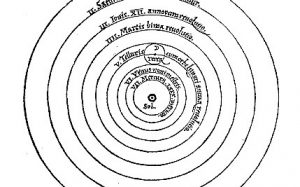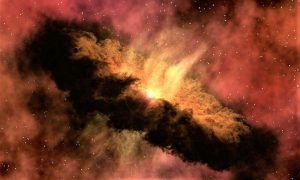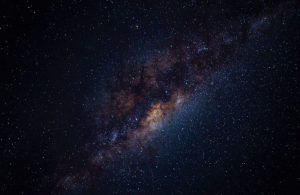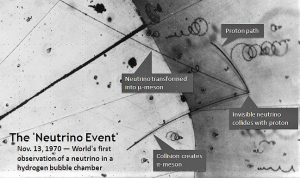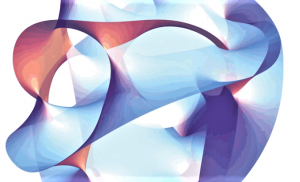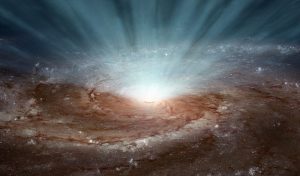Parallel universes
From science fiction to science, there is a proposal that suggests that there could be other universes besides our own, where all the choices that have been made in this life have developed in alternate realities. The multiverse is the theory that states that our universe is not the only one but establishes that many universes exist parallel to each other. These distinct universes within multiverse theory are called parallel universes. Not all physicists believe that these universes exist and even less that it would ever be possible to contact these parallel universes. Space is so large that the rules of probability imply that surely somewhere else there are other planets exactly like Earth. In fact, an infinite universe would have infinite planets, and in some of them, the events that would develop would be practically identical to those of our own Earth.
What are parallel universes?
Parallel universes are supposed universes complementary to ours, which we cannot observe but which share our space and our time, because it is well known that our universe is in expansion.
Backgrounds
One of the scientific antecedents that speaks of parallel universes is Hugh Everett’s interpretation of multiple universes and his theory is based on quantum mechanics as a solution to the problem of measurement in quantum mechanics.
Other antecedents that have arisen for the creation of the theory of parallel universes have been for example the quantum mechanics, science that is in charge of studying the material world by means of the microscopes, the search without stopping of a Theory of the Whole that can explain us in a clear way all the known physical phenomena, and other physical hypotheses that have made believe in the possibility of the existence of multiple dimensions and parallel universes which as a whole form a multiverse.
History
The theory of the parallel universe was first proposed in 1950 by the American physicist Hugh Everett. This theory has been developed by different scientists over the years, however, no theory has been proven.
Theory of parallel universes
This, as well as another theory, is born from the study that scientists do about the universe. It is known that the universe is in accelerated expansion generating in this way a great amount of dark matter. For experts, as the universe is infinite, there is the possibility that it can be divided into several regions that are not reached to be observed, because they are too far away for light to reach that place.
The theory of parallel universes arises from the famous string theory and explains to us that there is a notion of the existence of parallel universes that are located out of our reach, this has been proposed by Paul Steinhardt of Princeton University and by Neil Turok of the Perimeter Institute of Theoretical Physics in Ontario. The idea of this theory is accompanied by the possibility that there are also different dimensions of space and time than we already know.
The theory tells us that the universe is capable of living in a membrane that is parallel to many others and that each of them has its own universes, and that these parallel universes are floating in a space of superior dimension.
Cosmology is another science that also believes in the existence of the multiverse or parallel universes. For science, if the cosmos is as large as it is believed to be, during the Big Bang, different places within the cosmos, which were far apart and disconnected from each other, could have begun to expand at different rates and speeds containing a large amount of substances and forming many independent regions, of which one is our universe and others are different.
What are the problems with parallel universes?
The theory of universes has been widely discussed by scientists since none of them has been able to prove that they exist, beyond some testimonies of people who claim to have been in one. Many scholars believe that it is not possible to reach any kind of scientific advance that is real, because it has not been possible to confirm or reject any of the hypotheses that exist about parallel universes that are in one way or another disconnected from our own universe.
In other words, it can be said that there are other universes, but these cannot be observed or actually detected, so it is practically impossible to corroborate or debate, so it has neither scientific value nor much practical utility.
Parallel universes in cinema
The theory of parallel universes has been widely used in cinema, some examples of films that are based on this theory are:
- Matrix
- Source
- Coherence
- Interstellar
- Tomorrowland
- The arrival
- The discovery
How to cite this article?
Briceño V., Gabriela. (2019). Parallel universes. Recovered on 23 February, 2024, de Euston96: https://www.euston96.com/en/parallel-universes/




